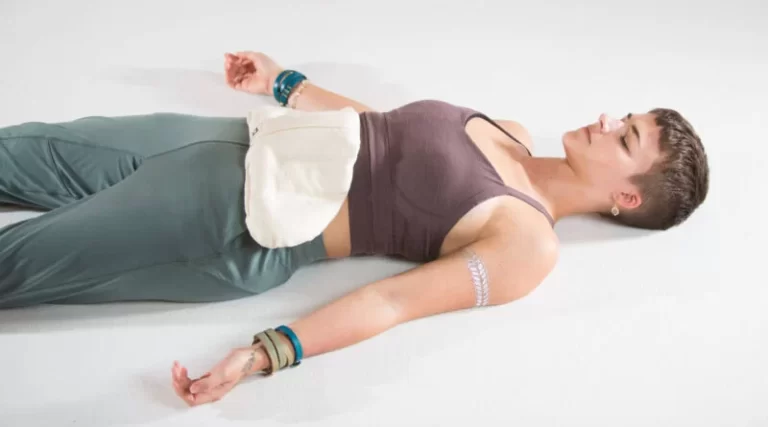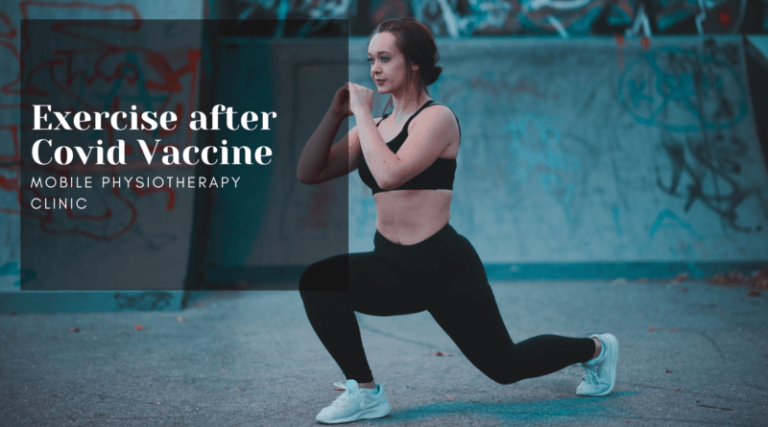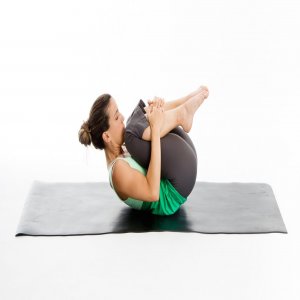Latissimus dorsi strengthening exercise: Health Benefits, How to do?
What is a Latissimus dorsi strengthening exercise? The back includes some of the largest muscles in the anatomy, muscles that are working in your everyday movements to support your body and spine. The back muscles also make up some of the muscles of the core, particularly the latissimus. Strengthening these muscles will not only give…






